Indian society is a deeply patriarchal one. However, a few communities scattered across the country are often regarded – and heralded – as matriarchal. The Nairs and Ezhavas of Kerala, the Khasi and Garo tribes of Meghalaya, and the Bunt and Billava communities of Karnataka are said to be the few matriarchies that have long existed and survive in some form to this day. A quick Google search for the matriarchies of India will yield listicles, articles, and even well-meaning feminist publications discussing these rare matriarchies, where an egalitarian state of things prevails, in a country otherwise in the clutches of patriarchy.
Except, none of the communities mentioned above are matriarchies at all. They followed in the past – and to varying degrees in the present – a matrilineal system of lineage and inheritance, while remaining firmly patriarchal. However, this little but crucial distinction is rarely made, and even when these communities are rightly identified as matrilineal, they are still misidentified as egalitarian societies where women are on par with men and face no structural disadvantages.
Matriarchal vs matrilineal systems
While in common parlance, matriarchal and matrilineal might be regarded as interchangeable, this is far from true. Matriarchal and matrilineal systems are vastly different from each other, and such misidentification is not without consequence. This is not an issue of mere semantics. Such misidentification has the potential to obscure the patriarchal realities of these communities and discount the systematic and structural disadvantages that the women of these communities face, making any progress or change in the right direction challenging because, after all, a problem that is not identified cannot be addressed.
Matriarchal and matrilineal systems are vastly different from each other, and such misidentification is not without consequence. Such misidentification has the potential to obscure the patriarchal realities of these communities and discount the systematic and structural disadvantages that the women of these communities face.
‘Matriarchal’ and ‘matrilineal’ define entirely different systems of social organisation; in fact, they relate to entirely different areas of social organisation. Matriarchy is a broad social system, whereas matrilineality is a system governing lineage.
While no true matriarchy exists and there is scant evidence of one ever existing, theoretically, in a matriarchy, all social and economic power would be held by women. Matriarchy is the inverse of patriarchy, and both systems explain the gendered ways in which power is distributed in the social, economic, and political spheres, and how these power differentials in the favour of one gender – men in patriarchies and women in matriarchies – influence society, institutions, and all aspects of public and private life.
Matrilineal patriarchies: Misconceptions and their broader implications
A matrilineal system, on the other hand, only determines through which parent lineage is traced and how descent, kinship, family affiliation, caste identity, and inheritance are passed down. In matrilineal traditions, lineage is traced through the mother and is passed down every successive generation through women. Patrilineality is the inverse of this system and is what is practised in much of India today, where lineage, descent, inheritance, and familial and caste affiliation are traced from father to children.
Whether a community practises matrilineal or patrilineal inheritance has no impact on whether their social organisation is matriarchal or patriarchal. Patriarchal societies can practise patrilineal inheritance or matrilineal inheritance, although the former is far more common. And theoretically, a matriarchal society could have a patrilineal system of inheritance as well.
Women in matrilineal patriarchies
However, the tracing of lineage through women in matrilineality doesn’t necessarily afford them increased social power or greater autonomy or agency. In a matriarchy, definitionally, power is skewed in women’s favour and society and institutions are organised in ways that benefit women; therefore, they do not face any structural barriers that they might in patriarchies. However, since matrilineality is merely a system of lineage and doesn’t impact gendered power dynamics to any significant degree, women in communities that practise this system are subjected to much the same institutionalised disadvantages as women in patrilineal systems because the social organisation in both cases is patriarchal.
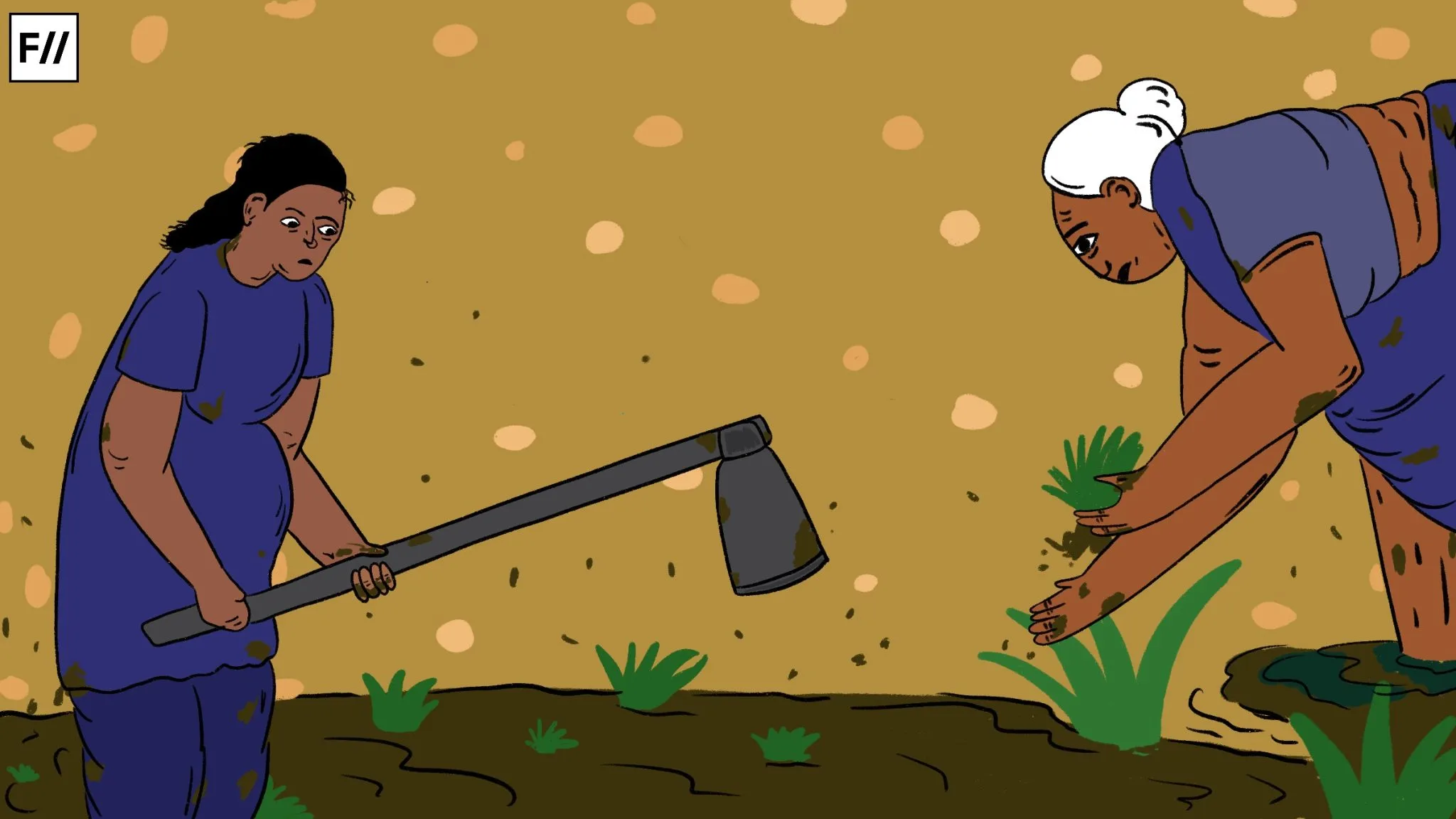
This isn’t to suggest that matrilineal arrangements have no positive social and economic implications for women. Women enjoy greater social and economic security and improved social status in these arrangements; however, this doesn’t inoculate them against the many other ways in which patriarchal power systems subjugate and marginalise women.
matrilineal systems are riddled with the same misogyny and patriarchal norms as are the patrilineal systems. Among most communities practising matrilineal inheritance, the system arose out of necessity and not because the culture necessarily viewed women as equals or recognised that daughters should have the same rights as sons.
Contrary to popular belief, matrilineal systems are riddled with the same misogyny and patriarchal norms as are the patrilineal systems. Among most communities practising matrilineal inheritance, the system arose out of necessity and not because the culture necessarily viewed women as equals or recognised that daughters should have the same rights as sons. The communities that once practised or continue to practise matrilineal inheritance can best be defined as matrilineal patriarchies and are not matriarchies by any measure of the word. Even the ways in which these matrilineal systems are organised betray the patriarchy underlying them. The Nair community of Kerala, for instance, while being predominantly matrilineal until the late nineteenth century, was firmly patriarchal in every other respect.
Historical context of Nair matrilineality
Nairs traditionally practised a form of matrilineal inheritance called Marumakkathayam. Under this system, children traced lineage and family affiliation through their mothers, and property, if and when divided, was transferred through women. However, the financial and material arrangements under the Marumakkathayam system rarely translated into women being able to exercise agency or autonomy in other areas of life. Socio-economic power was still vested in men, with a man always heading the family.
Take the concept of the Nair tharavad – a joint family consisting of all descendants of a common female ancestor, residing under one roof, often an ancestral home – in Kerala, for instance. Properties and all inherited assets were jointly held among all members of the tharavad. It’s a popular misconception that women under the system were the owners of these properties. Property was passed from one generation to the next through the female line, but such property was held jointly by every member in the household, including men.
The organisation of the family within a tharavad was firmly patriarchal. The oldest male member of a tharavad, often the eldest maternal uncle, was the ‘head of the family’ and known as the karnavan. The karnavan controlled all the jointly-held properties and assets and, in practice, had all the decision-making authority. The very word Marumakkathayam, in fact, is derived from the Malayalam word ‘marumakkal’, meaning sister’s child, illustrating the centrality of the karnavan in this arrangement.
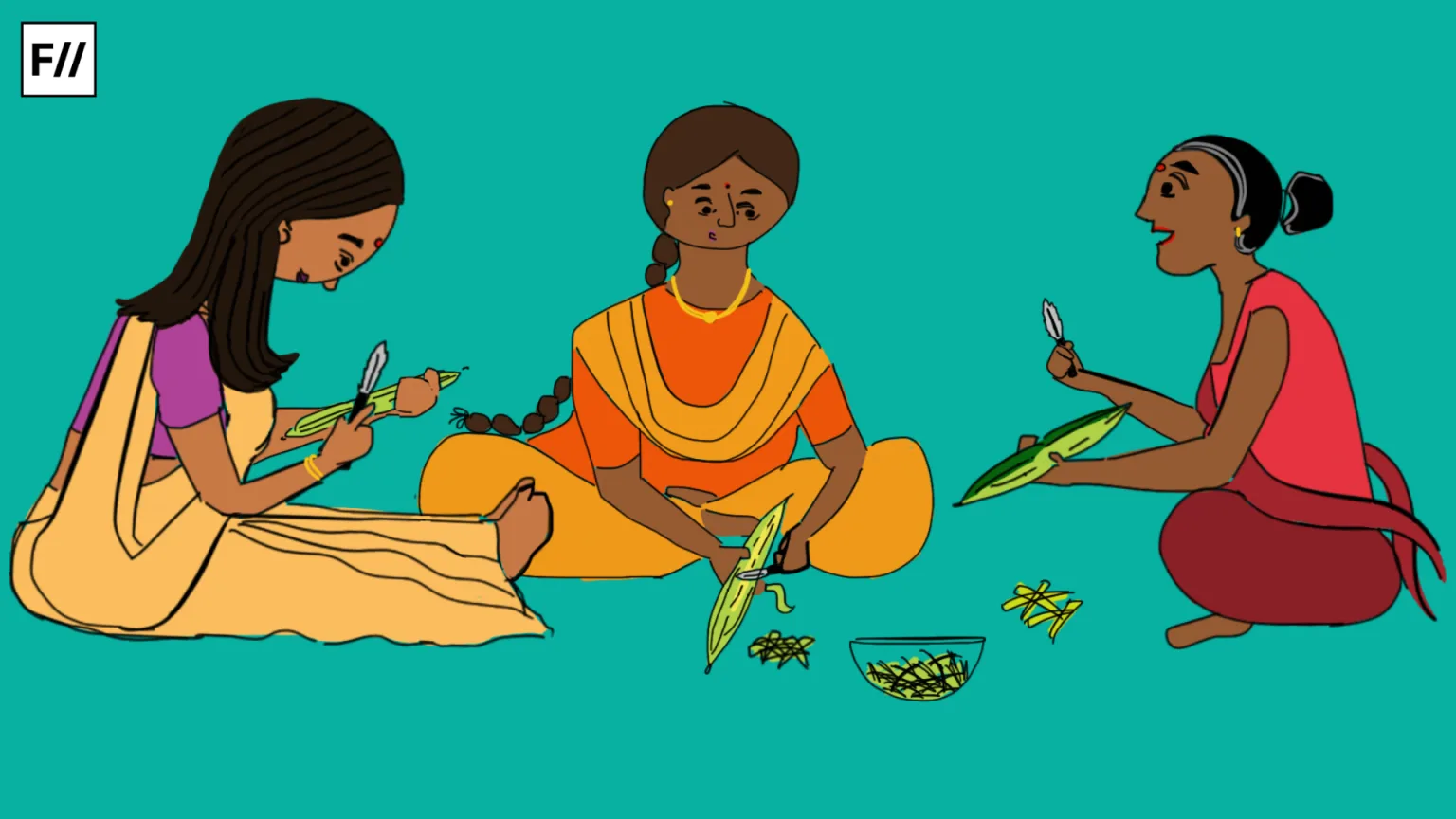
In his essay, ‘Some Aspects of Nayar Life’, historian K M Panikkar posits that the karnavan undisputedly held complete power and authority in all social and economic aspects of tharavad life, stating, ‘Authority in the family is wielded by the eldest member, who is called karnavan. He has full control of the common property, and manages the income very much as he pleases. He arranges marriages (sambandhams) for the boys as well as the girls of the family. His will was undisputed law.’ Further adding, ‘….it should be remembered that among the Nayars the autocrat of the family is not the mother, but the mother’s brother.’
The matrilineal patriarchy of Nairs makes more sense when understood as a necessity, rather than a product of an egalitarian ethos. While it hasn’t been determined precisely why or how this system came into being, scholars propose various theories for its development. The most widely believed theory is that Nair men’s preoccupation with martial arts training and war efforts kept them away from home and left them little time to manage households. The instability of the unique Nair matrimonial tradition of Sambandham, and consequent higher rates of divorce, is also suggested as a possible cause for the rise of the system, making kinship with the children of sisters a more prudent choice.
There is a popular perception that Malayali culture, on the whole, is relatively less patriarchal, but this is often untrue, and truly egalitarian practices today don’t go beyond matters of inheritance.
Caste practices of Namboothiris, a Malayali brahmin caste, may have also led to this enduring system of matrilineality among Nairs. Only the first-born son of a Namboothiri was allowed to practise endogamy and marry within his own caste. All other men were forced to marry Nair women. In the quest to keep their lands undivided, Namboothiris practised primogeniture. Only the firstborn son could marry and have a family in the traditional sense. Nair women marrying non-firstborns of Namboothiri families weren’t allowed to reside in the homes of their husbands and were expected to live with their maternal families. Children born of these marriages weren’t recognised or afforded any legal rights as Namboothiris, with the father having no obligation towards them. They resided with their mothers, taking on their caste and family name.
Attributing Namboothiri desire to keep their lands undivided through the practice of primogeniture as a factor that gave rise to and shaped Nair matrilineality, Panikkar says, ‘….induced them [Namboothiris] to use their temporal power and sacerdotal influence to perpetuate the matrilineal system among the Nayars.’
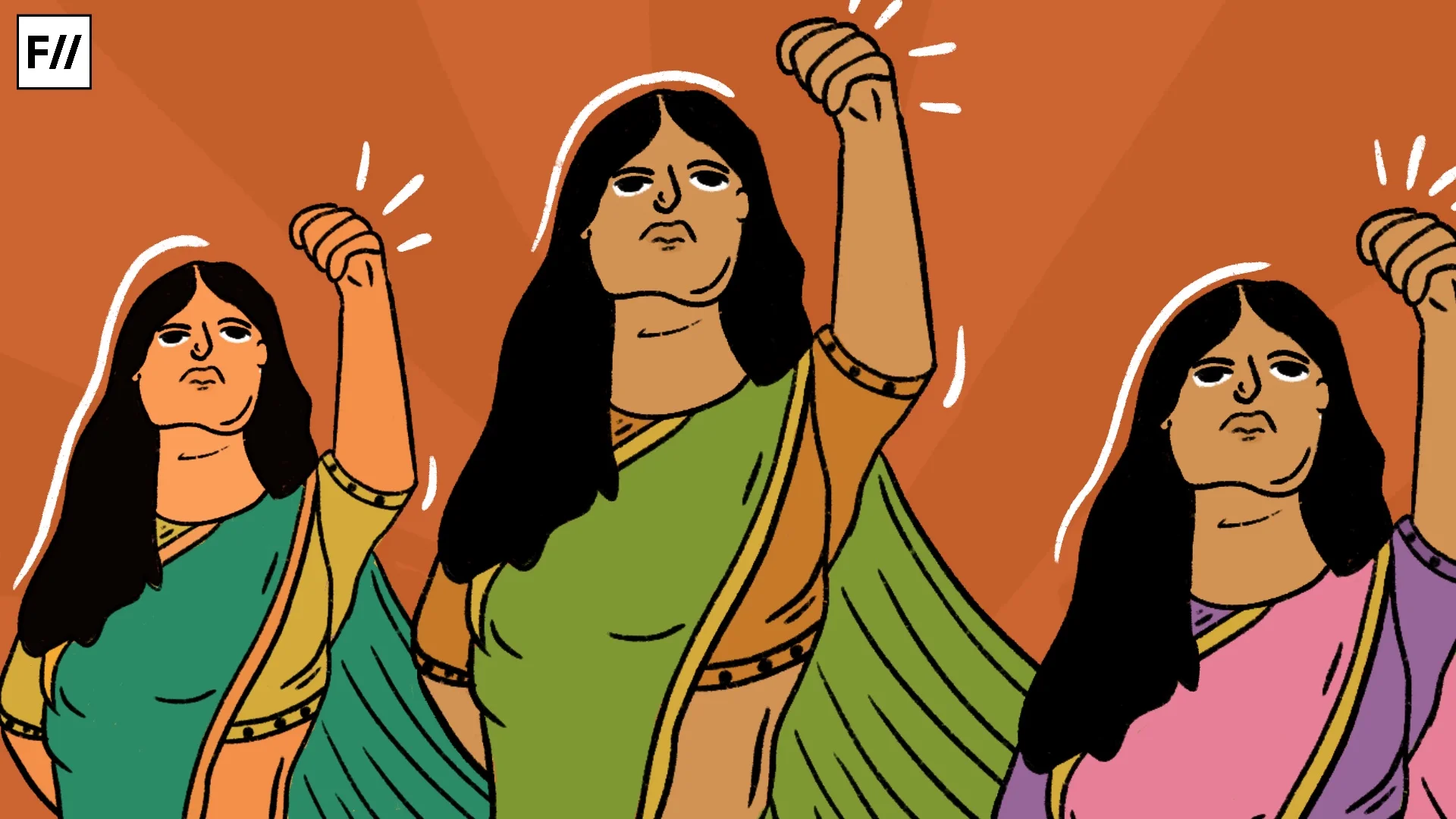
Nair matrilineality, therefore, was born out of necessity, adapting to the quirks of social and caste arrangements of the time, rather than a recognition of women’s rights, let alone any superiority or primacy afforded to women. There is a popular perception that Malayali culture, on the whole, is relatively less patriarchal, but this is often untrue, and truly egalitarian practices today don’t go beyond matters of inheritance. While women in Kerala might face fewer structural barriers in accessing education, healthcare, and jobs, and perform on par with – or even outperform – men in certain indices, the weight of gendered and patriarchal expectations and the hindrances it creates in women’s exercise of their autonomy and agency, especially in the social and familial domain, remain much the same.
Colonial modernity and decline of matrilineality
Nair matrilineality began to decline in the early twentieth century due to a combination of various factors, including western morality being imposed as a consequence of colonialism, moral outrage over sambandham marriages and hypergamy in other parts of the country as Nair migration increased, and a push for individual property rights by Nair men. Legislation outlawing matrilineal practices during the tail end of the colonial period marked a shift to patrilineal arrangements, and the Joint Family Abolition Act of 1975 sealed the fate of Nair matrilineality.
However, while little remains of matrilineality in Kerala today, and only a few matrilineal communities exist in the rest of the country, the need to draw a distinction between matriarchal and matrilineal systems is not merely a pedantic preoccupation. Acknowledging that no matriarchy exists in India is pivotal for the women of matrilineal communities, former or current. Labelling matrilineal patriarchies as matriarchies allows the myth of a fictitious egalitarian society to prevail, diluting our understanding of the structural and systematic patriarchal disadvantages that these women are subjected to, and hindering our ability to address these challenges in any meaningful way.
About the author(s)
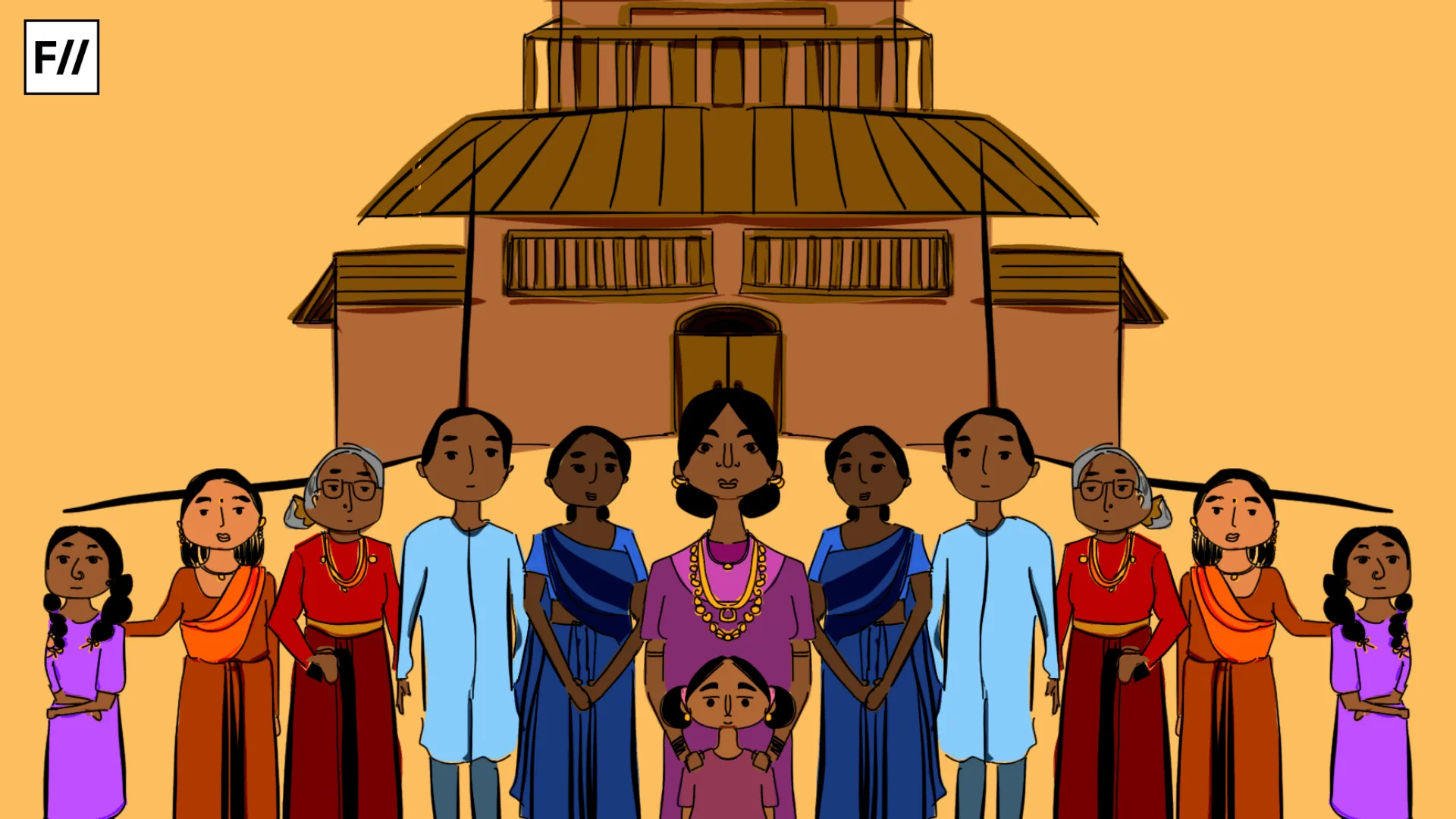
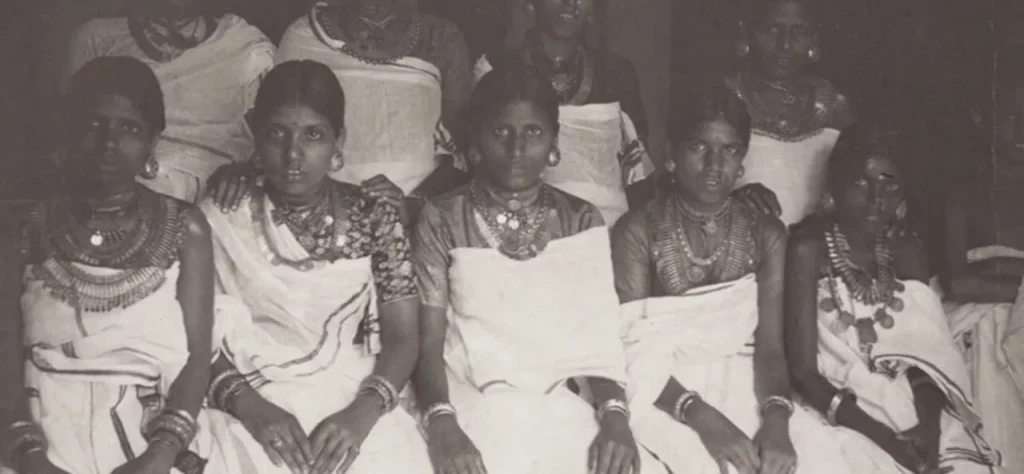
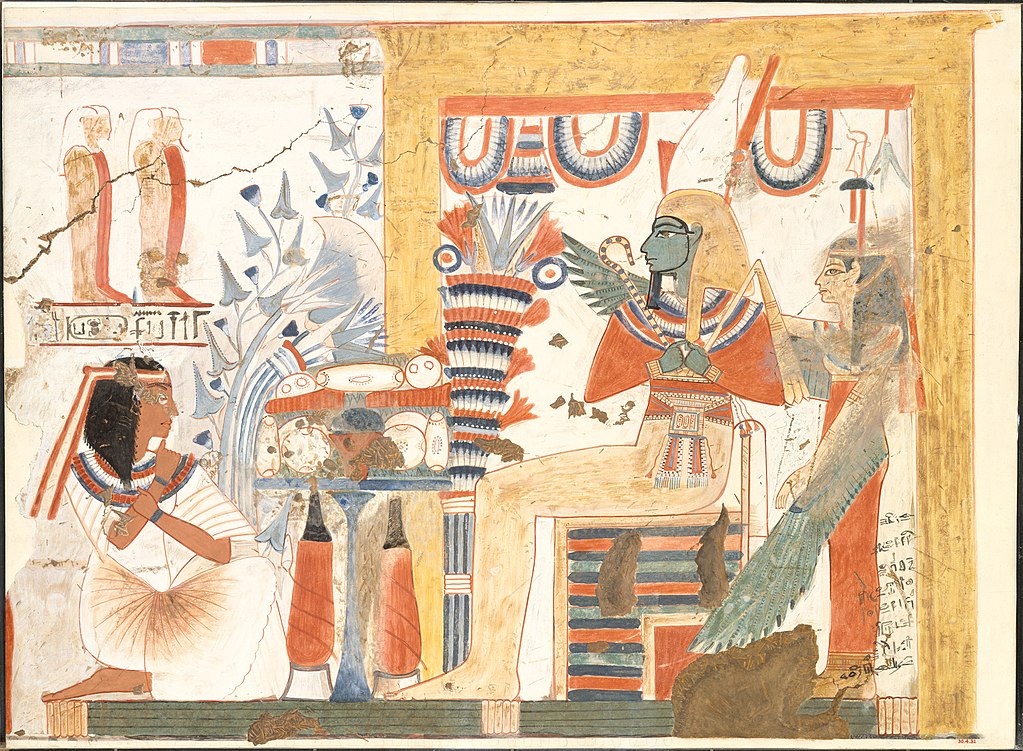
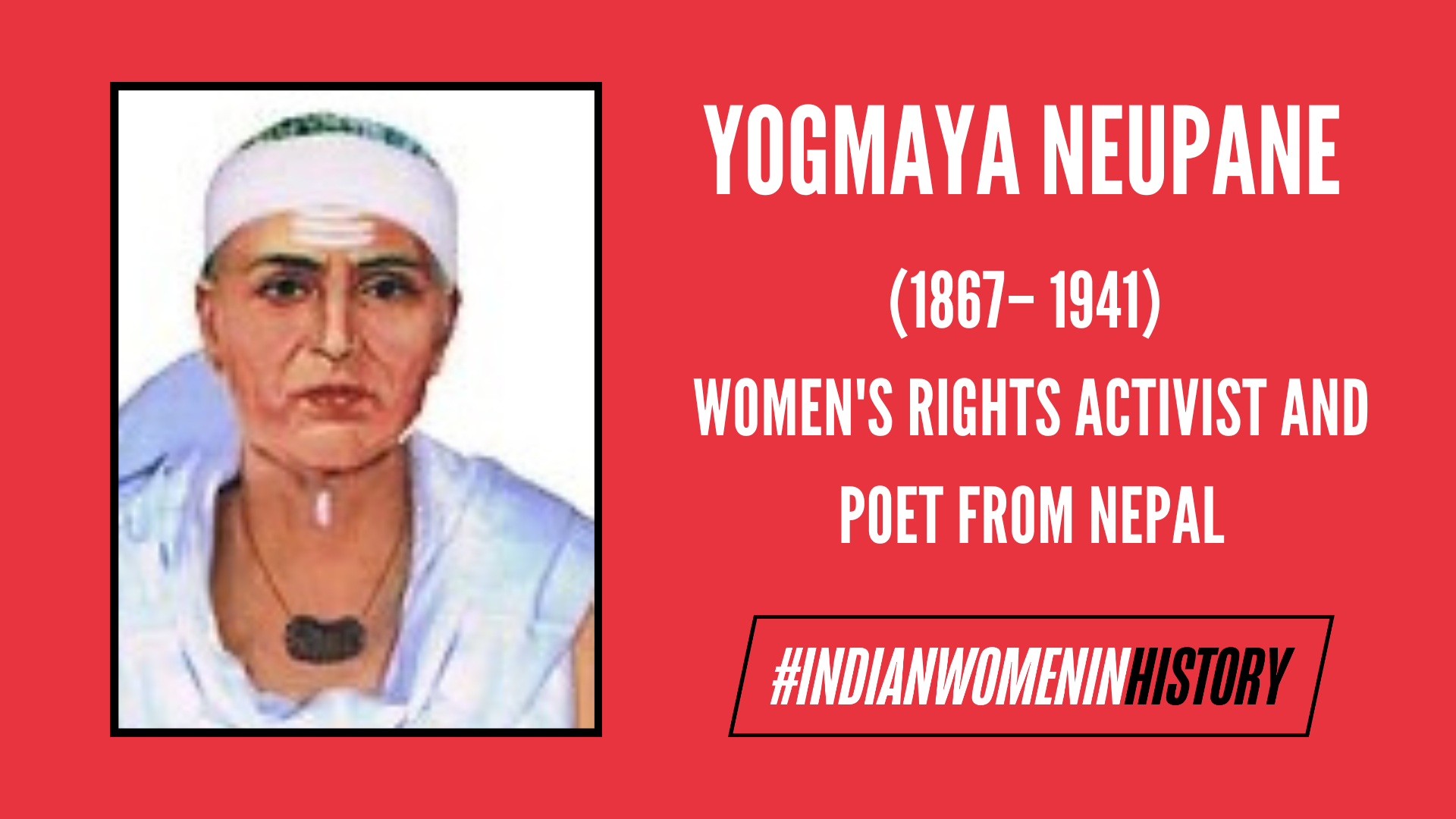
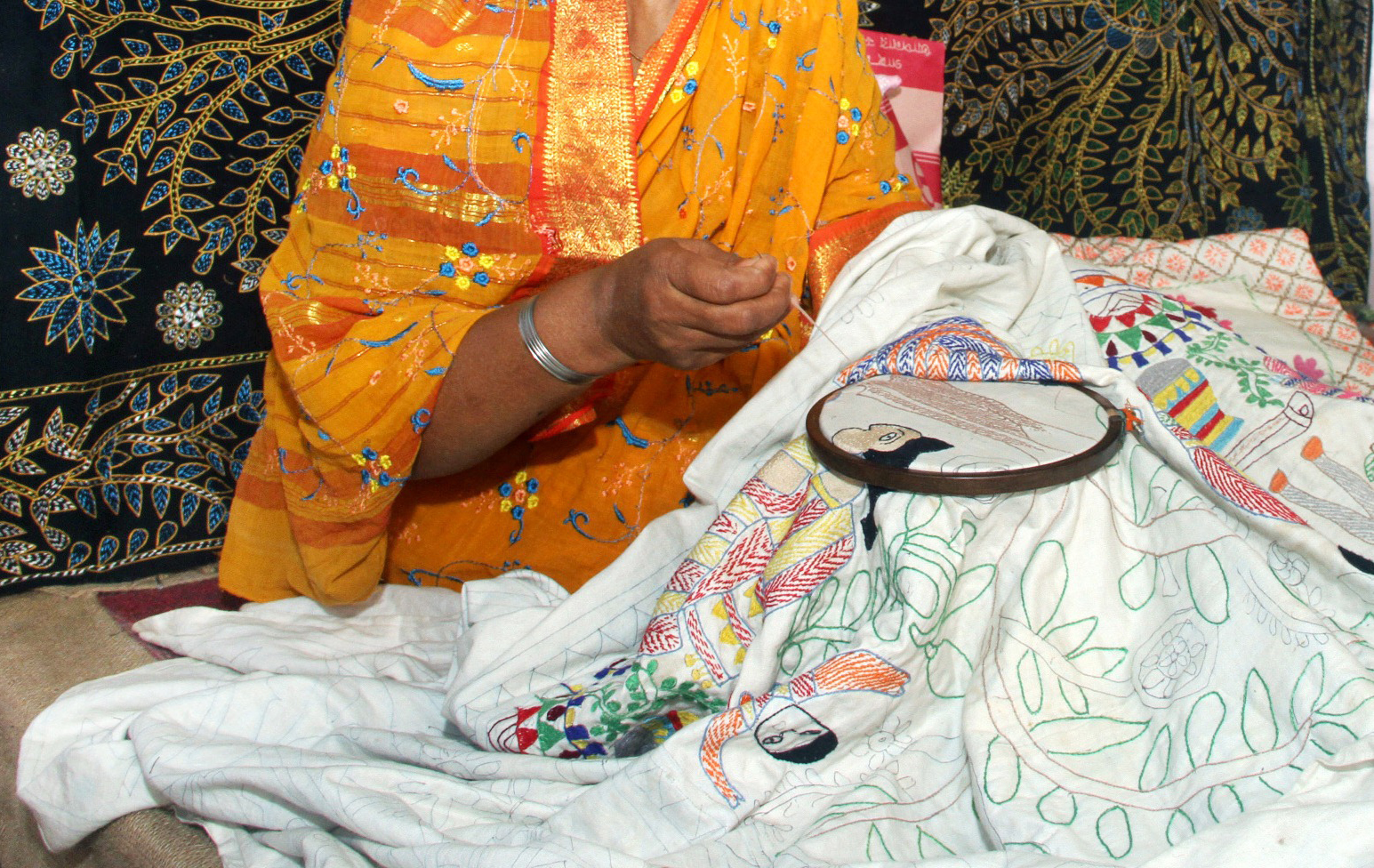

There is definately a lot to find out about this subject. I like all the points you made